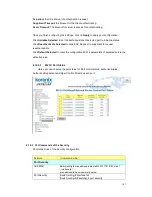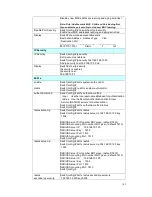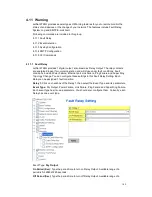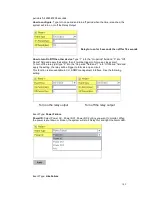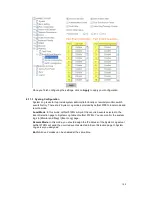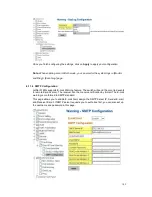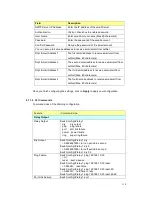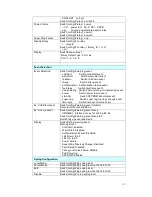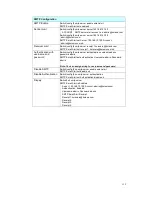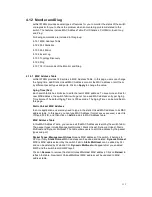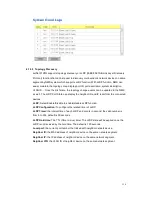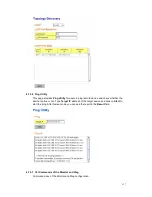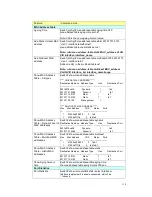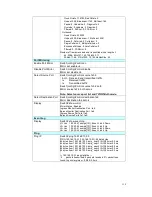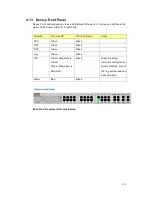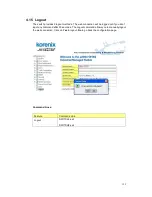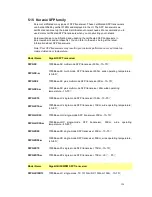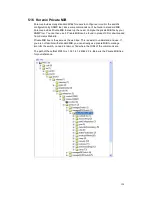
115
4.12.3 Port Mirroring
Port mirroring (also called port spanning) is a tool that allows you to mirror the traffic from
one or more ports onto another port, without disrupting the flow of traffic on the original port.
Any traffic that goes into or out of the Source Port(s) will be duplicated at the Destination
Port. This traffic can then be analyzed at the Destination port using a monitoring device or
application. A network administrator will typically utilize this tool for diagnostics, debugging,
or fending off attacks.
Port Mirror Mode: Select Enable/Disable to enable/disable Port Mirror.
Source Port: This is also known as Monitor Port. These are the ports you want to monitor.
The traffic of all source/monitor ports will be copied to destination/analysis ports. You can
choose a single port, or any combination of ports, but you can only monitor them in Rx or
TX only. Click on checkbox of the Port ID, RX, Tx or Both to select the source ports.
Destination Port: This is also known as Analysis Port. You can analyze the traffic of all
the monitored ports at this port without affecting the flow of traffic on the port(s) being
monitored. Only one RX/TX of the destination port can be selected. A network
administrator would typically connect a LAN analyzer or Netxray device to this port.
Once you finish configuring the settings, click on Apply to apply the settings.
4.12.4 Event Log
In the 4.11.3, we have introduced System Log feature. When System Log Local mode is
selected, JetNet 5728G will record occurred events in local log table. This page shows this
log table. The entry includes the index, occurred data and time and content of the events.
Click on Clear to clear the entries. Click on Reload to refresh the table.

